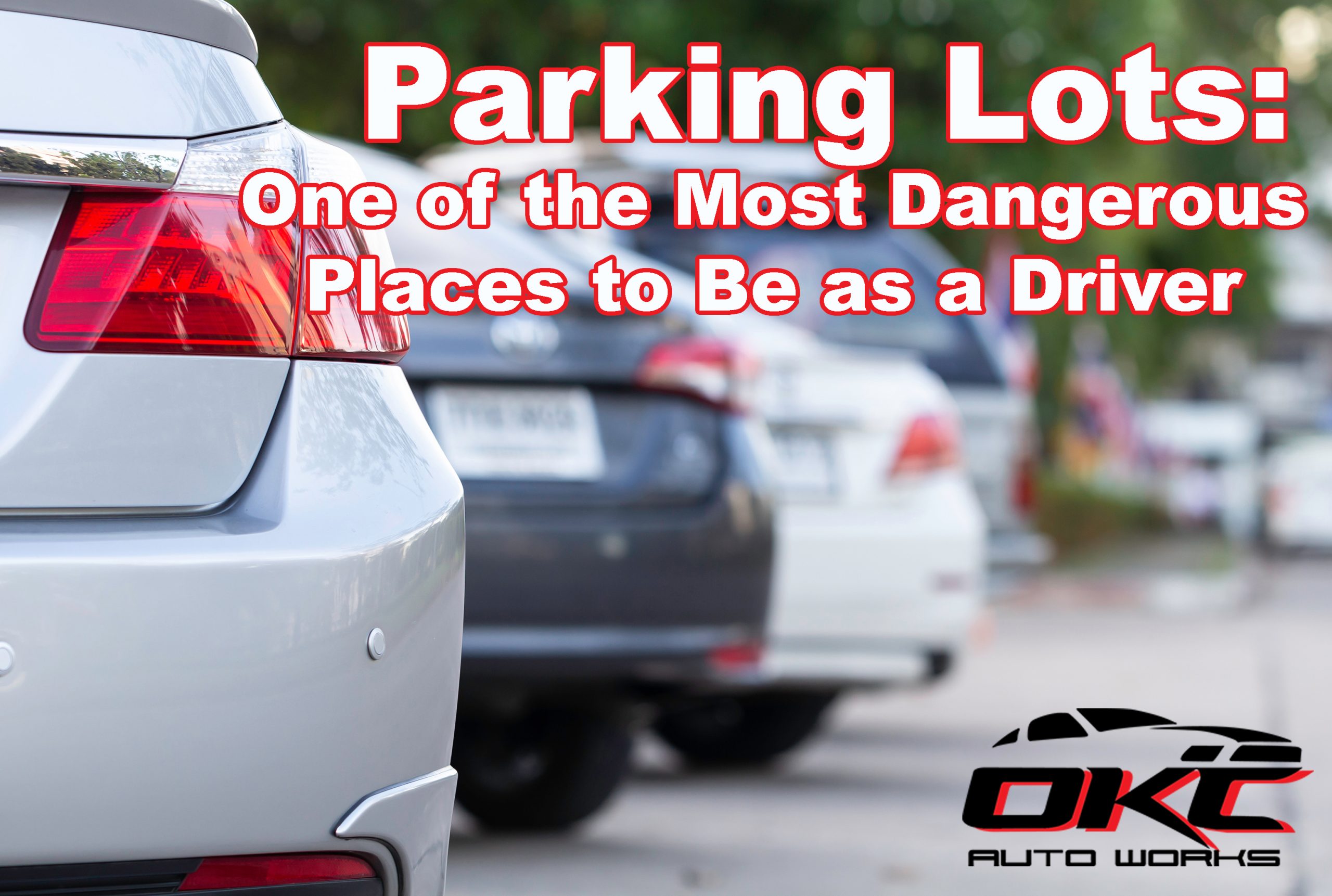Parking lots, often perceived as mundane and routine aspects of daily life, can surprisingly be some of the most hazardous places for drivers. The dangers lurking in these seemingly benign spaces are often underestimated, leading to a significant number of accidents and insurance claims. This article explores the risks associated with parking lots and how insurance handles accidents that occur in these environments.
The Hidden Dangers of Parking Lots
- High Traffic Volume and Congestion: Parking lots are hubs of activity, with cars continuously entering, exiting, and maneuvering into spaces. This high volume of traffic, combined with the close proximity of vehicles, increases the likelihood of collisions.
- Pedestrian Traffic: Parking lots are not just filled with cars; they are also frequented by pedestrians, who are often difficult to see, especially in busy or poorly lit areas. This mix of vehicular and foot traffic heightens the risk of accidents.
- Limited Visibility: Rows of parked cars can obstruct a driver’s view, making it challenging to see oncoming vehicles or pedestrians. Blind spots are more prevalent, contributing to the danger.
- Distracted Drivers: Drivers in parking lots are often distracted, whether they are searching for a parking spot, looking for their car, or navigating tight spaces. This lack of focus can lead to accidents.
- Speeding: Although parking lots typically have low speed limits, some drivers may exceed these limits, not realizing the increased risk posed by their speed in such a confined space.
Common Types of Parking Lot Accidents
- Backing Collisions: These occur when a driver backs out of a parking space and collides with another vehicle or a pedestrian.
- Side-Impact Collisions: Often happening at intersections within the lot, these accidents involve one vehicle striking the side of another.
- Rear-End Collisions: These are common in parking lots, usually due to abrupt stops as drivers search for parking spaces or yield to pedestrians.
- Pedestrian Accidents: These occur when drivers fail to see or yield to pedestrians, leading to potentially serious injuries.
How Insurance Handles Lot Accidents
Insurance companies treat parking lot accidents similarly to accidents that occur on the road, but there are some nuances:
- Determining Fault: In parking lot accidents, determining fault can be challenging due to the absence of traffic signals and the prevalence of low-speed impacts. Insurance adjusters will look at the details of the accident, including statements from drivers and witnesses, to establish fault.
- Comparative Negligence: In some cases, both parties may share some degree of fault. For instance, if two cars are backing out simultaneously and collide, both drivers may be found partially responsible. This is known as comparative negligence, and the insurance payout will be adjusted accordingly.
- Coverage: The type of coverage a driver has will affect how the claim is handled. Collision coverage will pay for damages to the policyholder’s vehicle, regardless of fault, while liability coverage will pay for damages and injuries the policyholder causes to others.
- No-Fault States: In no-fault states, drivers will turn to their own insurance policies to cover medical expenses and other losses, regardless of who caused the accident. Property damage, however, is typically still addressed through traditional fault-based claims.
Preventing Parking Lot Accidents
To minimize the risk of accidents in parking lots, drivers should:
- Drive Slowly: Adhering to low speed limits reduces the likelihood of collisions and allows more time to react to unexpected obstacles.
- Stay Alert: Avoid distractions and remain vigilant for other vehicles and pedestrians.
- Use Turn Signals: Signaling intentions helps other drivers anticipate your movements.
- Park Defensively: Choose spaces that provide the best visibility and maneuverability, even if they are farther from the entrance.
- Back In or Pull Through: Parking in a way that allows you to drive forward out of the space can improve visibility and reduce the risk of collisions when leaving.
Conclusion
While parking lots may seem innocuous, they are fraught with hidden dangers that can lead to accidents and insurance claims. By understanding the risks and exercising caution, drivers can navigate these spaces more safely. Additionally, knowing how insurance handles parking lot accidents can help drivers better manage the aftermath of a collision, ensuring they are adequately protected and informed.

